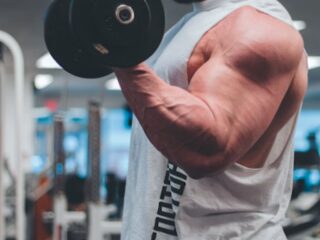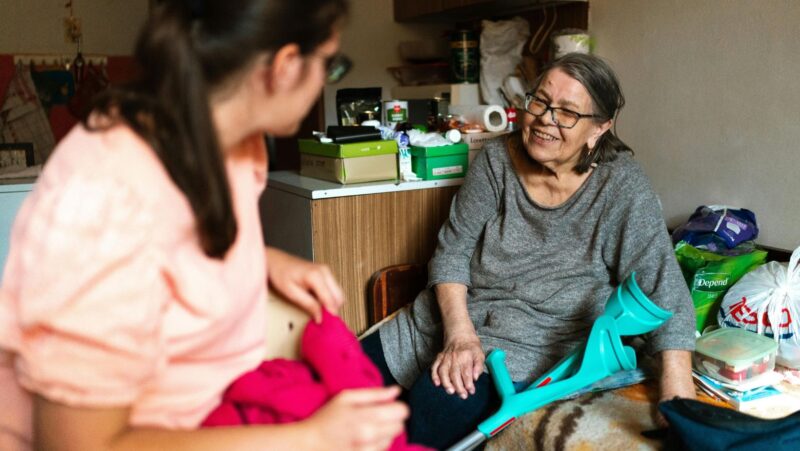
A clean and safe home environment is not just about aesthetics; it’s about promoting the health and well-being of everyone who lives there. A well-maintained space reduces the risk of diseases, allergens, and pests while also improving overall comfort and quality of life. Keeping your home clean and safe can seem like a daunting task, but with the right strategies, you can transform your living space into a sanctuary of cleanliness and safety.
This blog post will uncover essential tips for a cleaner, safer home environment. These practical and easy-to-follow steps will help you keep your home free from dirt, bacteria, and pests while creating a space that feels fresh and inviting.
1. Regular Cleaning Habits
One of the most straightforward ways to maintain a cleaner home is through regular cleaning habits. Dust, dirt, and grime can quickly accumulate if left unchecked. Setting aside time each week to perform routine cleaning tasks can make a significant difference in the cleanliness of your home.
Dusting and Vacuuming
Start by dusting surfaces, especially in areas that often get overlooked, like baseboards, window sills, and ceiling fans. Dusting regularly will prevent the buildup of allergens such as pollen and pet dander. Follow up with a thorough vacuuming session to remove dust and dirt from carpets, rugs, and upholstery.
Use a vacuum cleaner with a HEPA filter to ensure that you are capturing as many allergens as possible. This is particularly important if anyone in your household suffers from allergies or asthma. Remember to clean the vacuum filter frequently to preserve its efficiency.
Mopping Floors
In addition to vacuuming, mopping floors is essential for a deep clean. Regular mopping with a mild cleaning solution can help remove sticky residues, spills, and dirt that may have been missed during vacuuming. Be sure to use a cleaner that’s appropriate for the type of flooring in your home, whether it’s wood, tile, or laminate.
2. Reduce Clutter
Clutter is not only an eyesore but can also contribute to a less safe environment. A cluttered space is harder to clean and can hide dirt and dust. In addition, clutter increases the likelihood of accidents, especially in high-traffic areas like hallways and stairs.
Organize and Declutter
Start by sorting through your belongings and removing items you no longer need. Donate or recycle things that are in good condition but no longer serve a purpose. Use organizational tools like bins, shelves, and storage containers to keep things tidy. Reducing clutter creates more space for easy cleaning and decreases the chances of tripping or knocking things over.
Keep Pathways Clear
Ensure that common pathways around your home, such as hallways and entryways, are free of clutter. A clear path decreases the risk of tripping, particularly for young children and elderly individuals.

If you have a lot of items to store, consider utilizing vertical space, such as wall-mounted shelves or overhead storage solutions.
3. Eliminate Pests
Pests are not only a nuisance but also pose serious health risks. Rodents, insects, and other pests can bring diseases and allergens into your home. Effective pest control is key to maintaining a clean and safe living environment.
Inspect for Signs of Infestation
Regularly inspect your home for signs of pests. Check for droppings, nests, or holes that might indicate rodents, as well as webs, egg sacs, or damage to furniture and fabrics, which can signal an insect infestation. If you notice any of these signs, take action immediately to address the problem.
Use Preventative Measures
To keep pests from entering your home, seal cracks and gaps in windows, doors, and walls. Install weather stripping on windows and doors, and make sure that screens are intact and free from holes. Keep your kitchen clean, especially food crumbs and spills, which can attract pests like ants and cockroaches.
If you notice signs of a moth infestation, such as holes in your carpets or clothing, it’s crucial to act fast. ThermoPest carpet moth treatment is an effective solution that eliminates carpet moths and larvae using heat treatment, ensuring your home stays free of these destructive pests.
4. Proper Ventilation
A well-ventilated home is key to maintaining both cleanliness and safety. Dust, allergens, and moisture can build up without adequate airflow, creating an unhealthy environment. Proper ventilation also helps control humidity, which can prevent mold growth.
Open Windows Regularly
One of the best ways to improve air quality is by opening windows regularly to let fresh air in. If the weather permits, allow your home to air out for at least 15-20 minutes every day. This helps remove stale air and reduce the buildup of indoor pollutants like smoke, cooking odors, and cleaning chemicals.
Use Exhaust Fans
Make sure your kitchen, bathroom, and laundry room are equipped with exhaust fans that are used regularly. These fans help expel moisture and cooking odors that can create mold-friendly conditions. Be sure to clean exhaust fan filters to keep them working efficiently.
5. Safe Use of Cleaning Products
While cleaning products are vital for maintaining a sanitary home, it’s important to use them safely. Some cleaning products contain chemicals that can be harmful if not handled properly. Always follow the manufacturer’s instructions and take precautions to protect yourself and your family.
Read Labels and Use as Directed
When purchasing cleaning products, read the labels carefully and choose products that are safe for your home and family. Look for eco-friendly options that are less toxic and more sustainable. Use the products as directed, and avoid mixing different chemicals, as this can create dangerous reactions.
Store Products Safely
Keep cleaning products out of reach of children and pets. You should store them in a locked cabinet or high shelf to prevent accidental exposure. If you have any unused or expired cleaning products, dispose of them properly to prevent them from harming the environment.
6. Keep the Air Clean
Indoor air quality plays a role in the cleanliness and safety of your home. Poor air quality can aggravate respiratory conditions and allergies, leading to discomfort and health issues.
Use Air Purifiers
Investing in air purifiers can significantly improve air quality, especially if you live in an area with high levels of pollution or if anyone in your home has asthma or allergies. Air purifiers equipped with HEPA filters can capture airborne particles like pollen, dust, and pet dander.
Keep Indoor Plants
Certain indoor plants, like spider plants, peace lilies, and snake plants, help improve air quality by absorbing toxins and releasing oxygen.

They can add a touch of greenery and tranquility to your home.
7. Regular Maintenance and Inspections
Lastly, regular maintenance and inspections are key for keeping your home in top condition. Small issues, like a leaky faucet or a broken window seal, can quickly turn into bigger problems if not addressed.
Check for Leaks
Inspect your plumbing and appliances for leaks, and fix them promptly. Leaky pipes can lead to mold and water damage, which can negatively impact the cleanliness and safety of your home. Additionally, mold can exacerbate respiratory issues and allergies.
Test Smoke and Carbon Monoxide Detectors
Test your smoke and carbon monoxide detectors monthly to ensure they are working correctly. Change the batteries at least once a year and replace the units every 10 years to keep your home safe from fire and gas hazards.
Conclusion
When you implement these essential tips, a cleaner, safer home environment is within reach. From regular cleaning and pest control to proper ventilation and the safe use of cleaning products, taking proactive steps to maintain your home will improve your living space and promote the health and well-being of everyone in your household.
Remember, a clean home is a safe home. By making these small but important changes, you’ll create a healthier environment that fosters comfort and peace of mind for years to come.












